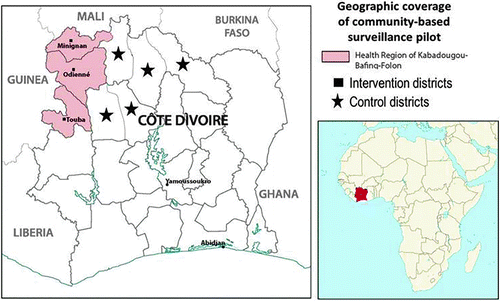The last presidential election in Kenya was held on August 2017. In the lead up to the vote, and in the immediate aftermath, there were grave concerns that election violence might stain the result – as it did in 2007 when post-election violence took the lives of around 1,300 people and caused untold economic damage to the country from reduced tourism.
As in 2007, the election result was disputed by the opposition, but unlike in that previous election, the 2017 Kenya’s Elections Observations Group, (ELOG) consisting of civil society and faith-based organizations, had equipped about a third of its 5,700 observers with the ability to report election results by SMS.
This SMS election monitoring approach, an example of “Parallel Vote Tabulation” (PVT) allowed the calculation of an election result based on the sample selected. While the accuracy of any poll depends on the validity of its sampling (i.e. do the voting stations equipped with SMS monitors represent a valid cross-section of voters across the country), it’s notable that this was the first election in Kenya in which SMS had been used across the country in this way.
Tanzania Successful in 2015
A similar SMS election monitoring approach was pioneered in Tanzania in 2015, using Magpi’s SMS data collection tools, by the Coalition on Election Monitoring and Observation in Tanzania (CEMOT) who deployed 7,350 Short Term Observers (STOs) to report whether the election process at more than 7,000 polling stations was “free and fair”. The full report can be viewed here.
Making It the Standard
While clearly successful, and affordable by any country, use of SMS mobile data collection is still not the norm in most countries. It is just a matter of time that the use of this ubiquitous and inexpensive technology leads to more use of SMS election monitoring around the world.
Remote Data Collection Guide
Learn how to use SMS and IVR to collect more data, for less money




